Understanding Container Sizes and Their Volumes
spygrrl
18 years ago
Featured Answer
Sort by:Oldest
Comments (24)
Amino_X
18 years agoRelated Professionals
Birmingham Landscape Architects & Landscape Designers · Kenmore Landscape Architects & Landscape Designers · Winder Landscape Architects & Landscape Designers · Conroe Landscape Contractors · Winter Gardens Landscape Contractors · Lockhart Solar Energy Systems · Fort Lee Solar Energy Systems · Paradise Solar Energy Systems · Fort Washington Window Contractors · Lauderhill Window Contractors · Alsip Fence Contractors · Anaheim Fence Contractors · Burlington Fence Contractors · Newington Fence Contractors · Slidell Fence ContractorsDaisyLover
18 years agotapla (mid-Michigan, USDA z5b-6a)
18 years agotriple_b
18 years agobjs496
18 years agoljrmiller
18 years agopoultryguy
16 years agolegacy
16 years agopoultryguy
16 years agolegacy
16 years agopoultryguy
16 years agofranktank232
16 years agoemgardener
16 years agofranktank232
16 years agocalistoga_al ca 15 usda 9
16 years agopoultryguy
16 years agodonn_
16 years agonattydoll
9 years agoRichieD
9 years agodrew51 SE MI Z5b/6a
9 years agoRichieD
9 years agodrew51 SE MI Z5b/6a
9 years agorandyrossvermont
7 years ago
Related Stories
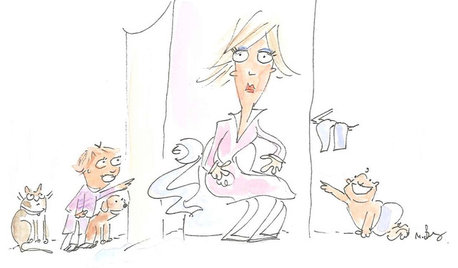
LIFE21 Things Only People Living With Kids Will Understand
Strange smells, crowded beds, ruined furniture — here’s what cohabiting with little monsters really feels like
Full Story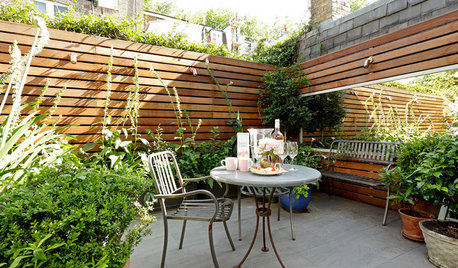
CONTAINER GARDENSPocket Gardens, Pint-Size Patios and Urban Backyards
A compact outdoor space can be a beautiful garden room with the right mix of plantings, furniture and creativity
Full Story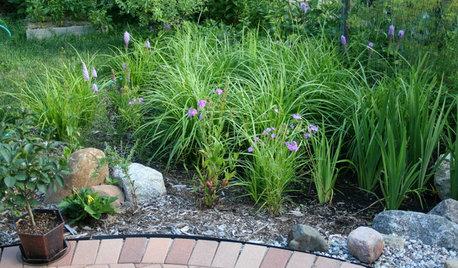
LANDSCAPE DESIGNHow to Site and Size a Rain Garden for Your Landscape
Installing a rain garden is an excellent way to reduce runoff and return water to its source
Full Story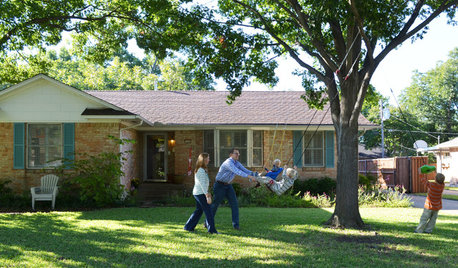
MOVINGHouse Hunting: Find Your Just-Right Size Home
Learn the reasons to go bigger or smaller and how to decide how much space you’ll really need in your next home
Full Story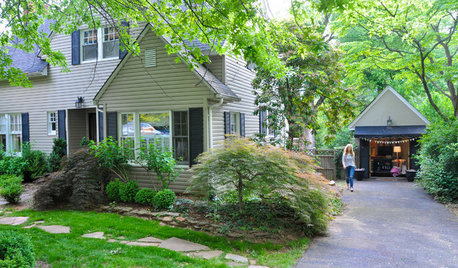
LIFEHouzz Call: What’s Your Perfect House Size?
How big is too big? How small is too small? Please tell us which home size is just right for you
Full Story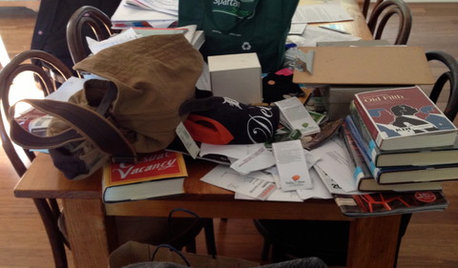
LIFEAnatomy of a Family-Size Mess
Study your home’s dumping grounds to figure out what organizational systems will work — then let yourself experiment
Full Story
GARDENING FOR BUTTERFLIESBring on the Birds: Natural Habitat Ideas for Gardens of All Sizes
Provide nesting, watering and perching spots inspired by the Costa Rican jungle and watch the birds flock on over
Full Story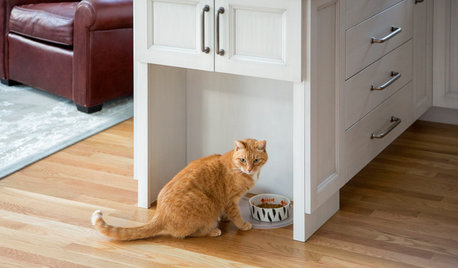
KITCHEN DESIGNRelocated Colonial Kitchen More Than Doubles in Size
Putting the kitchen in a central location allows for a big boost in square footage and helps better connect it with other living spaces
Full Story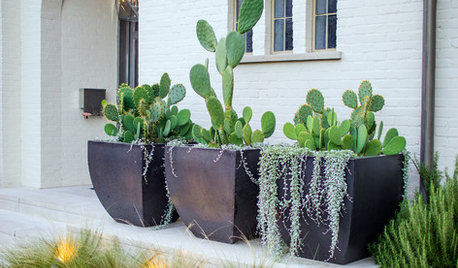
CONTAINER GARDENSCactus and Succulent Containers Are Ideal for Hot, Sunny Spots
Bring on the sun with these heat-loving succulent container gardens
Full Story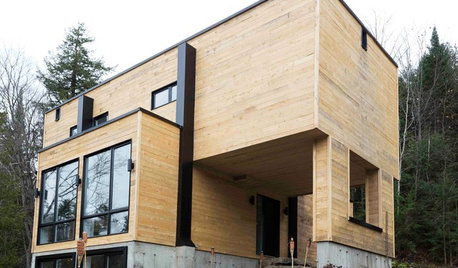
ARCHITECTUREHouzz Tour: Shipping Containers Make for an Unusual Home
Recycling hits the big time as a general contractor turns 4 metal boxes into a decidedly different living space
Full Story







Amino_X